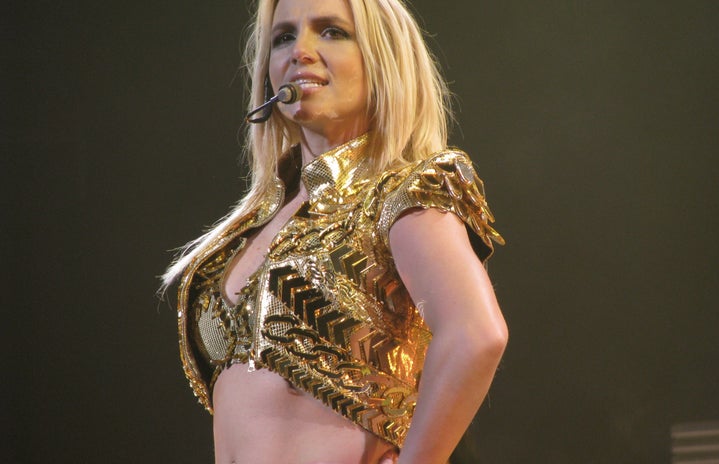Gossip. Tabloids. They can be found in our grocery store check-out lines, newspaper stands, talk shows, and oh — let’s not forget social media. The press plays a vital role when it comes to keeping stars relevant in the public eye. However, in addition to the red carpets, sparkling lights and pretty dresses, many of these celebrities fall down the rabbit hole into the world of Hollywood and battle with nasty rumours that surround them. Many of these tabloid cover stars are women.
Whitney Houston, Marilyn Monroe, Paris Hilton, Miley Cyrus, followed by pop princess Britney Spears, – and real royalty – Princess Diana and the Duchess herself, Meghan Markle. All these women fell victim to the most notorious destruction of a female star. As women in the limelight struggle with the dark side of fortune and fame, their private lives become the topic of a scandalous exposé in tabloid magazines. The press, the main antagonist in their stories, played a major role in developing a fabricated version of these celebrities in the public eye.
Case in point, “Inside Whitney Houston’s Drug Den” was the headline of an exclusive story about Whitney Houston’s drug addiction in the National Enquirer. On the cover are dark photographs of a trashed washroom, followed by a side photo of bare-faced Whitney in a baseball cap hiding from paparazzi. These articles incorporate grainy, unfocused and purposely unflattering photographs that depict celebrities’ personal life as a nightmare of darkness and despair.
This type of ‘exposé’ in the press portrays other famous women in the same light. In the New York Times documentary Framing Britney Spears, there is footage of how the paparazzi harassed her and tabloids mocked her as Britney was photographed in a barbershop where she proceeded to shave her head. This form of media in the early 2000s mocked Britney instead of seeing her as a woman struggling with her mental health. Now that she is free from her conservatorship with the help of the #FreeBritney movement, she finally earned back her voice to explain what really went down in those times.
In early 2021, Meghan Markle also found a platform to share her voice. She spoke with Oprah in a CBS interview about how the media depicted her character during her time in the royal palace. Recently, a report came out revealing that the Duke and Duchess of Sussex were targeted by a highly-coordinated hate campaign on Twitter. These troll accounts were not bots but real accounts of 83 users; with a potential reach of 17 million people. They were responsible for 70 percent of the nasty and hateful content published about the pair, The Cut reported.
Tabloid and gossip writers depict celebrity culture as a source of entertainment, evoking feelings of adoration, admiration and attraction, as well as jealousy, envy and hatred. But the purpose of the paparazzi and tabloids seems to be a daunting gray area many don’t want to question. Where is the line drawn when it comes to a person’s character? Based on how digital media is shaping people’s narratives, tabloid journalism needs to find a space to be more empathic and truthful to their readers in the future, rather than manufacturing artificial drama for a quick buck.


